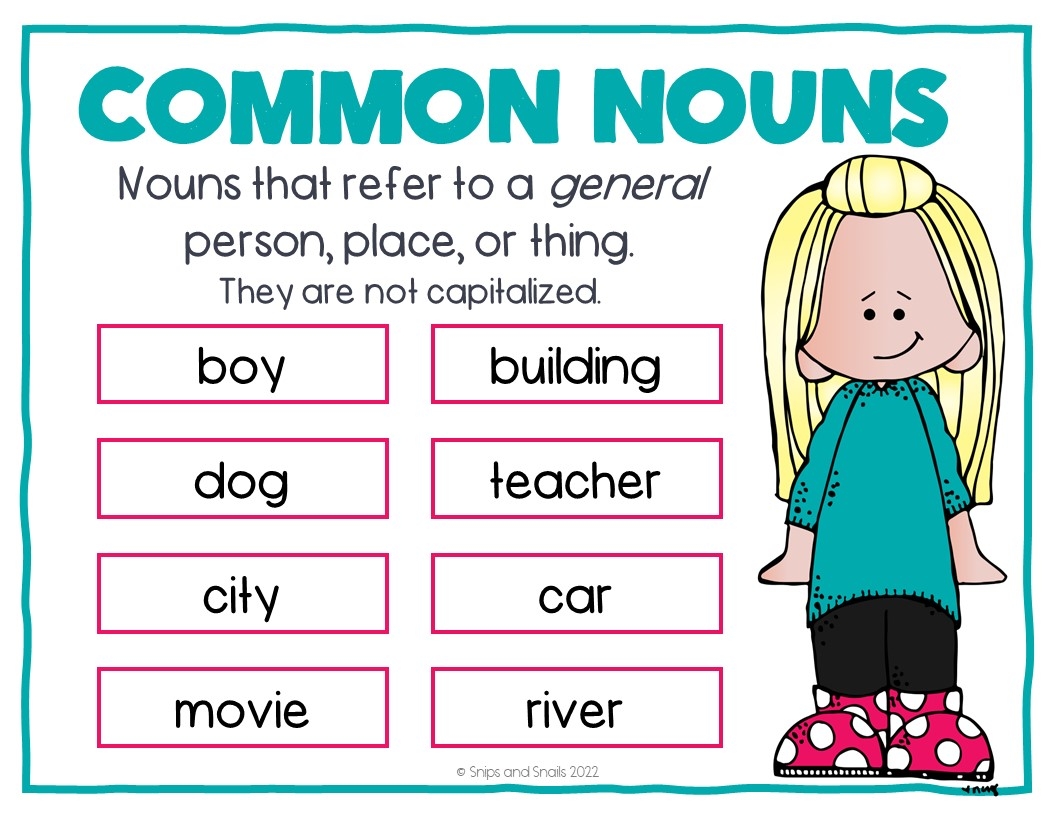Understanding the difference between common nouns and proper nouns is essential in learning the English language. Common nouns are the generic names for people, places, things, or ideas, while proper nouns are specific names for particular people, places, things, or ideas. Knowing when to use each type of noun is crucial for clear and effective communication.
Common nouns are words that refer to general categories of people, places, things, or ideas. For example, “cat,” “city,” and “book” are common nouns because they refer to any cat, city, or book in general. Common nouns are not capitalized unless they are at the beginning of a sentence.
Common Noun and Proper Noun
Proper nouns, on the other hand, are specific names for individual people, places, things, or ideas. Proper nouns are always capitalized, regardless of where they appear in a sentence. For example, “Tom,” “London,” and “The Great Gatsby” are all proper nouns because they refer to specific individuals, locations, or titles.
Common nouns are used more frequently in everyday language, as they are the words we use to talk about general concepts and objects. Proper nouns, on the other hand, are used to identify specific entities and distinguish them from others. For example, while you might say “I saw a dog in the park,” you would say “I saw Max, my neighbor’s golden retriever, in Central Park.”
It is important to remember that common nouns can become proper nouns when they are used as part of a specific name or title. For example, “doctor” is a common noun, but when used as part of a specific name like “Doctor Smith,” it becomes a proper noun. Understanding the context in which a noun is used is key to determining whether it is a common noun or a proper noun.
In conclusion, common nouns and proper nouns play different roles in the English language, with common nouns referring to general categories and proper nouns referring to specific individuals, places, things, or ideas. By understanding the distinction between the two, you can improve your writing and communication skills and ensure that your meaning is clear and precise.
